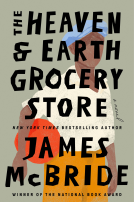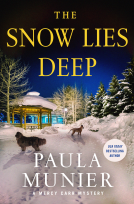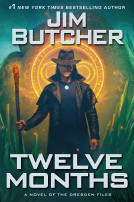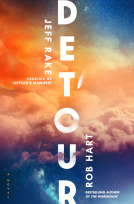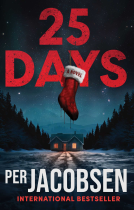
Inspector of the Dead
by David Morrell
This title was previously available on NetGalley and is now archived.
Send NetGalley books directly to your Kindle or Kindle app
1
To read on a Kindle or Kindle app, please add kindle@netgalley.com as an approved email address to receive files in your Amazon account. Click here for step-by-step instructions.
2
Also find your Kindle email address within your Amazon account, and enter it here.
Pub Date Mar 24 2015 | Archive Date Dec 07 2016
Description
The year is 1855. The Crimean War is raging. The incompetence of British commanders causes the fall of the English government. The Empire teeters. Amid this crisis comes opium-eater Thomas De Quincey, one of the most notorious and brilliant personalities of Victorian England. Along with his irrepressible daughter, Emily, and their Scotland Yard companions, Ryan and Becker, De Quincey finds himself confronted by an adversary who threatens the heart of the nation.
This killer targets members of the upper echelons of British society, leaving with each corpse the name of someone who previously attempted to kill Queen Victoria. The evidence indicates that the ultimate victim will be Victoria herself.
A Note From the Publisher
The sequel to the New York Times bestselling Murder as a Fine Art.
Advance Praise
“Fans of sophisticated historicals will embrace Macavity Award-winner Morrell’s second suspense novel featuring Thomas De Quincey and his grown daughter, Emily. . . . Convincing period detail complements the fascinating story line.” —Publishers Weekly (starred)
“Ripping good fun at every delicious twist and turn . . . De Quincey makes for an offbeat but entirely credible protagonist in the Sherlock Holmes mold. . . . It’s a potent formula, with genuine thrills and a satisfying mystery leavened with well-observed and meticulously researched details of Victorian life and attitudes.” —Kirkus Reviews
“Delivers a cast of compellingly crafted characters. De Quincey, in particular, is a brilliant creation, an amateur sleuth, writer, and drug addict who both repels and intrigues us at the same time. Top-notch entertainment.” —Booklist
“From the shockingly brutal murders at the start to the stunning conclusion, De Quincey and his fellow investigators race against time to discover who is killing prominent Londoners as a prelude to assassinating Queen Victoria. . . . Appeals [to] fans of historical fiction and Victorian-era crime novels as well as readers who enjoy Anne Perry or Robin Paige.” —Library Journal
“Riveting! I literally thought I was in 1855 London. With this mesmerizing series, David Morrell doesn’t just delve into the world of Victorian England—he delves into the heart of evil, pitting one man’s opium-skewed brilliance against a society where appearances are everything . . . and the most vicious killers lurk closer than anyone thinks.” —Lisa Gardner, author of Crash & Burn and The Perfect Husband
Available Editions
| EDITION | Other Format |
| ISBN | 9780316323932 |
| PRICE | $26.00 (USD) |
Links
Average rating from 29 members
Readers who liked this book also liked:
L.M Montgomery
Children's Fiction, Comics, Graphic Novels, Manga, Teens & YA
James McBride
General Fiction (Adult), Historical Fiction, Literary Fiction







